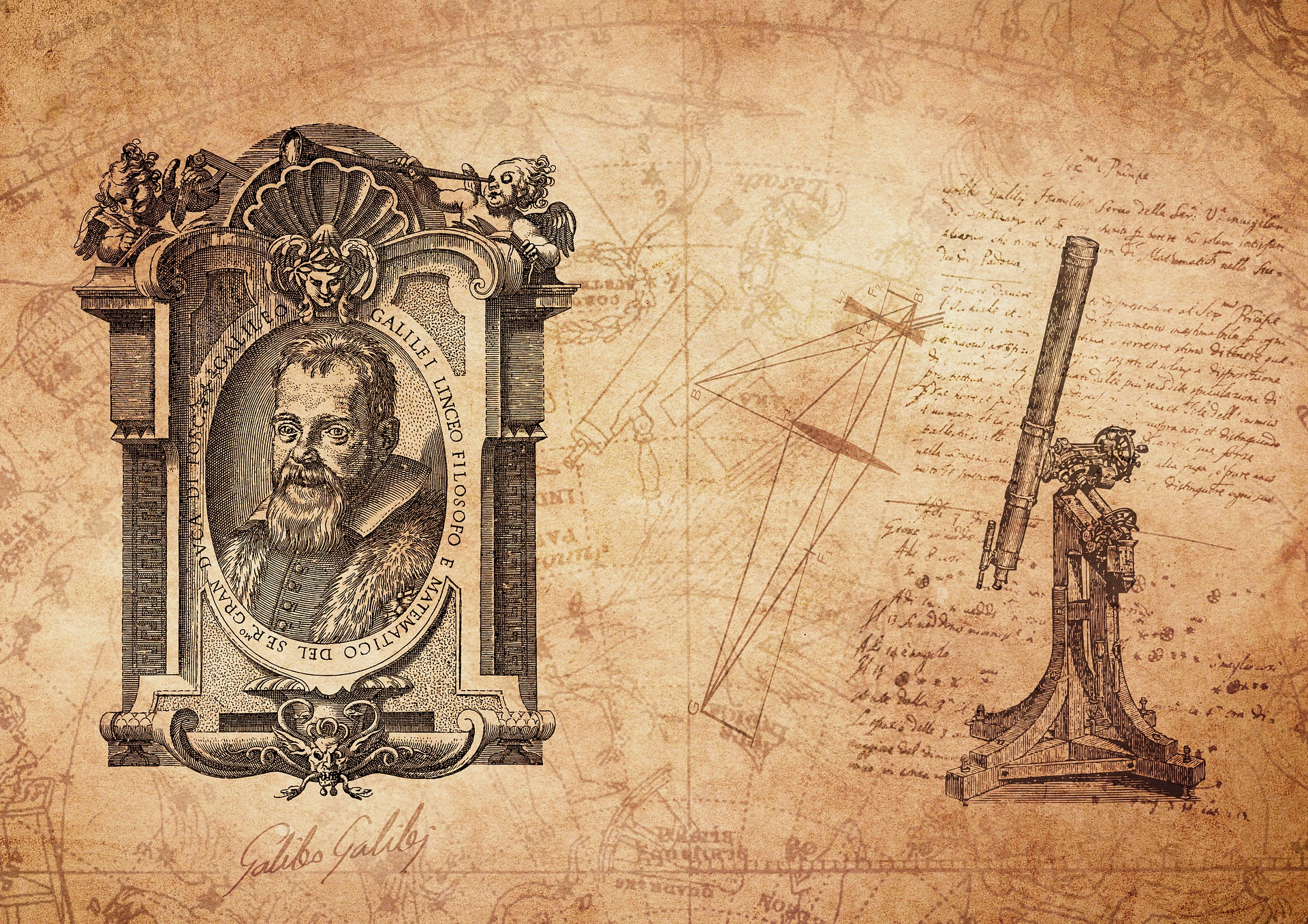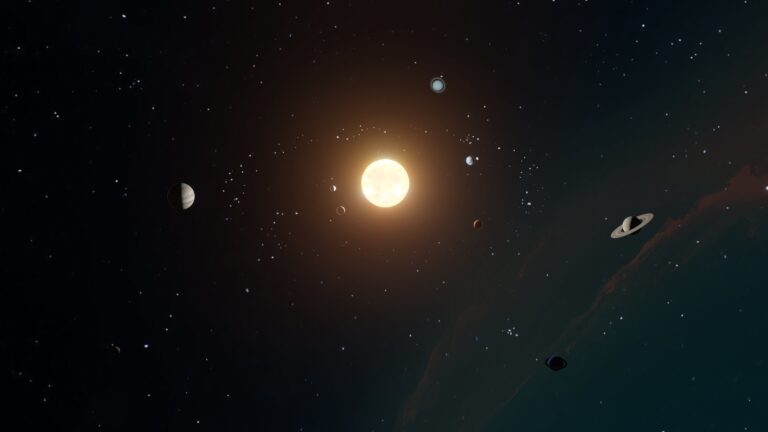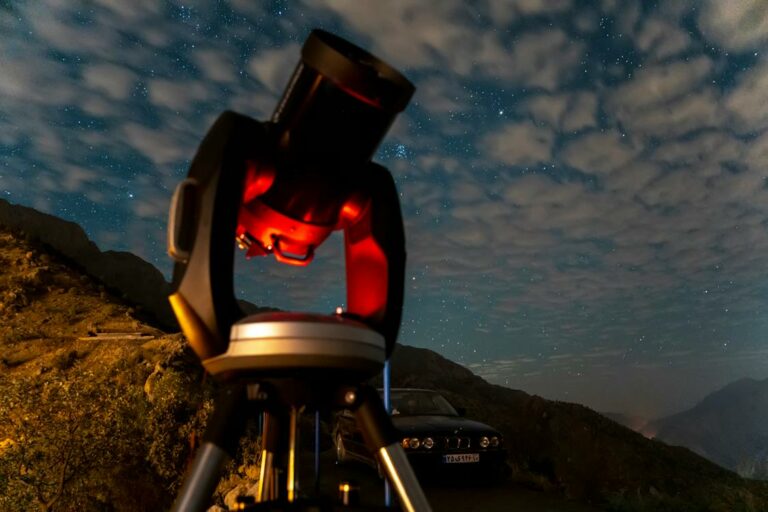Since ancient times, people have been observing the stars and attempting to chart their movements. The history of astronomy can be traced across millennia and through many different civilizations.
In this blog post, let’s take a look at some of the key milestones in the history of astronomy.
Ancient Astronomy
How Ancient Civilizations Studied the Stars and Planets
Ancient civilizations, such as the Babylonians and Egyptians, were among the first to study the stars and planets. They used their observations of the sky for practical purposes, such as navigation and agriculture.
The Babylonians, for example, developed a system of astrology based on the positions of the stars and planets. They also created the first known star catalog, which included over 1,000 stars.
Meanwhile, the Egyptians used the rising of the star Sirius to mark the beginning of their calendar year.
Ancient Greek astronomers, such as Ptolemy and Aristotle, further developed the study of astronomy, and their work laid the groundwork for future discoveries in the field.
Key Figures in the History of Astronomy, such as Ptolemy and Aristotle
Ptolemy and Aristotle were influential figures in the history of astronomy.
Ptolemy, a Greek astronomer and mathematician who lived in Egypt in the 2nd century CE, is known for his geocentric model of the universe, which he presented in his book “Almagest.”
Ptolemy’s Almagest, an enduring cornerstone of astronomy, served as the primary textbook for over a thousand years and continues to be a crucial source for our grasp of ancient celestial science. This translation, derived from Heiberg’s Greek text, provides English readers with corrections from Arabic translations and contemporary research. It not only stands as an independent interpretation but also assists in understanding the original Greek text.
This model proposed that the Earth was at the center of the universe and that the planets and stars revolved around it.
Meanwhile, Aristotle, another Greek philosopher and scientist who lived in the 4th century BCE, proposed a similar geocentric model based on his observations of the sky.
Aristotle’s work on astronomy and other fields of science had a profound impact on Western thought and influenced many later scientists, including Galileo and Newton.
Although their geocentric models of the universe were eventually challenged and revised by later astronomers, the work of Ptolemy and Aristotle laid the foundation for future discoveries in astronomy and is an important aspect in the history of astronomy.
What is the Geocentric Model of the Universe?
Geocentric models of the universe were popular among ancient astronomers, including Ptolemy and Aristotle.
In these models, the Earth was believed to be at the center of the universe, with the Sun, Moon, planets, and stars all revolving around it. This theory was based on observations of the sky that suggested that the Earth was stationary and that the objects in the sky moved around it.
The geocentric model persisted for centuries until it was challenged during the Renaissance and Enlightenment periods by astronomers such as Copernicus, Galileo, and Kepler, who proposed heliocentric models of the universe with the Sun at the center.
Despite being disproven by modern astronomy, the geocentric model played an important role in the development of astronomy and our understanding of the universe.

Renaissance and Enlightenment Astronomy
How Astronomy Transformed During the Renaissance and Enlightenment Periods
During the Renaissance and Enlightenment periods, astronomy underwent a major transformation.
The geocentric model of the universe, which had been accepted for centuries, was challenged by new ideas and discoveries.
Nicolaus Copernicus, a Polish astronomer, proposed a heliocentric model of the universe, in which the Sun was at the center, and the Earth and other planets revolved around it.
This model was further developed by Galileo Galilei, an Italian astronomer, who used a telescope to observe the movements of the planets and moons.
Johannes Kepler, a German astronomer and mathematician, used data from Tycho Brahe’s observations to develop the laws of planetary motion, which accurately described the movements of the planets in their orbits.
What is the Heliocentric Model of the Universe?
Heliocentric universe models propose that the Sun is at the center of the solar system, with the planets, including Earth, revolving around it. This is in contrast to the geocentric model, which proposed that the Earth was at the center of the universe.
The heliocentric model of the universe is now widely accepted and forms the basis of modern astronomy.

Modern Astronomy
How Astronomy Advanced in the 20th and 21st Centuries
Astronomy continued to advance in the 20th and 21st centuries with the development of new technologies and discoveries. Telescopes and instruments became more sophisticated, allowing astronomers to observe the universe in greater detail than ever before.
The launch of the Hubble Space Telescope in 1990 provided stunning images of distant galaxies and helped scientists to study the expansion of the universe.
In recent years, the discovery of exoplanets, or planets outside our solar system, has led to a greater understanding of the potential for life in the universe.
The use of computer simulations and big data analysis has also transformed the field, enabling scientists to model and predict the behavior of celestial objects with greater accuracy.
The development of new technologies, such as the James Webb Space Telescope, launched in 2021, promises to push the boundaries of our understanding of the universe even further.
Important Discoveries in Modern Astronomy
Modern astronomy has seen many groundbreaking discoveries that have deepened our understanding of the universe.
One of the most significant discoveries was the realization that the universe is expanding, which was first proposed by Belgian astronomer Georges Lemaitre in the 1920s and later confirmed by American astronomer Edwin Hubble in the 1930s.
This discovery led to the development of the Big Bang theory, which proposes that the universe began as a single point and has been expanding ever since.
Another major discovery in modern astronomy is the concept of dark matter, which refers to a type of matter that cannot be observed directly but is thought to make up a significant portion of the universe’s mass.
The existence of dark matter was first proposed in the 1930s by Swiss astronomer Fritz Zwicky, and its effects have since been observed through gravitational lensing and the motion of galaxies.
In recent years, the discovery of exoplanets, or planets outside our solar system, has also been a major area of focus in astronomy.
The first exoplanet was discovered in 1995, and since then, thousands of exoplanets have been identified, many of which are similar in size and composition to Earth.
The search for exoplanets has led to a greater understanding of the potential for life in the universe and has spurred new research into the conditions necessary for habitable planets.
The Future of Astronomy
Current Research and Future Possibilities in Astronomy
Astronomy is a constantly evolving field, with ongoing research and new possibilities emerging all the time.
One of the current areas of research is the study of gravitational waves, ripples in the fabric of space-time caused by the acceleration of massive objects, which were first detected in 2015.
The study of gravitational waves has opened up new avenues for studying the universe, including the potential for observing black holes and other phenomena that were previously impossible to detect.
Another area of active research is the study of dark matter and dark energy, which continue to be some of the biggest mysteries in astronomy.
Researchers are using a variety of methods, including observations of the cosmic microwave background radiation, to try to understand the nature of these phenomena and their role in the universe.
In terms of future possibilities, one exciting area of research is the search for life beyond Earth. Advances in telescope technology and the discovery of potentially habitable exoplanets have led to increased efforts to search for signs of life beyond our solar system.
This search includes the study of biosignatures, such as the presence of certain gases in the atmosphere, that could indicate the presence of life on other planets.
The work of key figures such as Ptolemy, Copernicus, Galileo, and Kepler revolutionized our understanding of the universe, challenging long-held beliefs about the Earth’s place at the center of the cosmos and paving the way for modern astronomy.
Today, astronomy continues to be an important area of research and discovery, with new advancements and discoveries being made all the time. The development of new telescopes and other technologies has allowed us to observe the universe in unprecedented detail and to make groundbreaking discoveries about its origins, structure, and evolution

Andrew
With years of experience and a passion for exploring the cosmos, I want to be your go-to destination for all things celestial. My mission is to bring the wonders of the universe to your fingertips and demonstrate how the art of stargazing and telescope therapy can nurture not only your astronomical curiosity but also your mental health. Explore the cosmos with me and discover the profound connection between the night sky and your inner peace.









+ There are no comments
Add yours